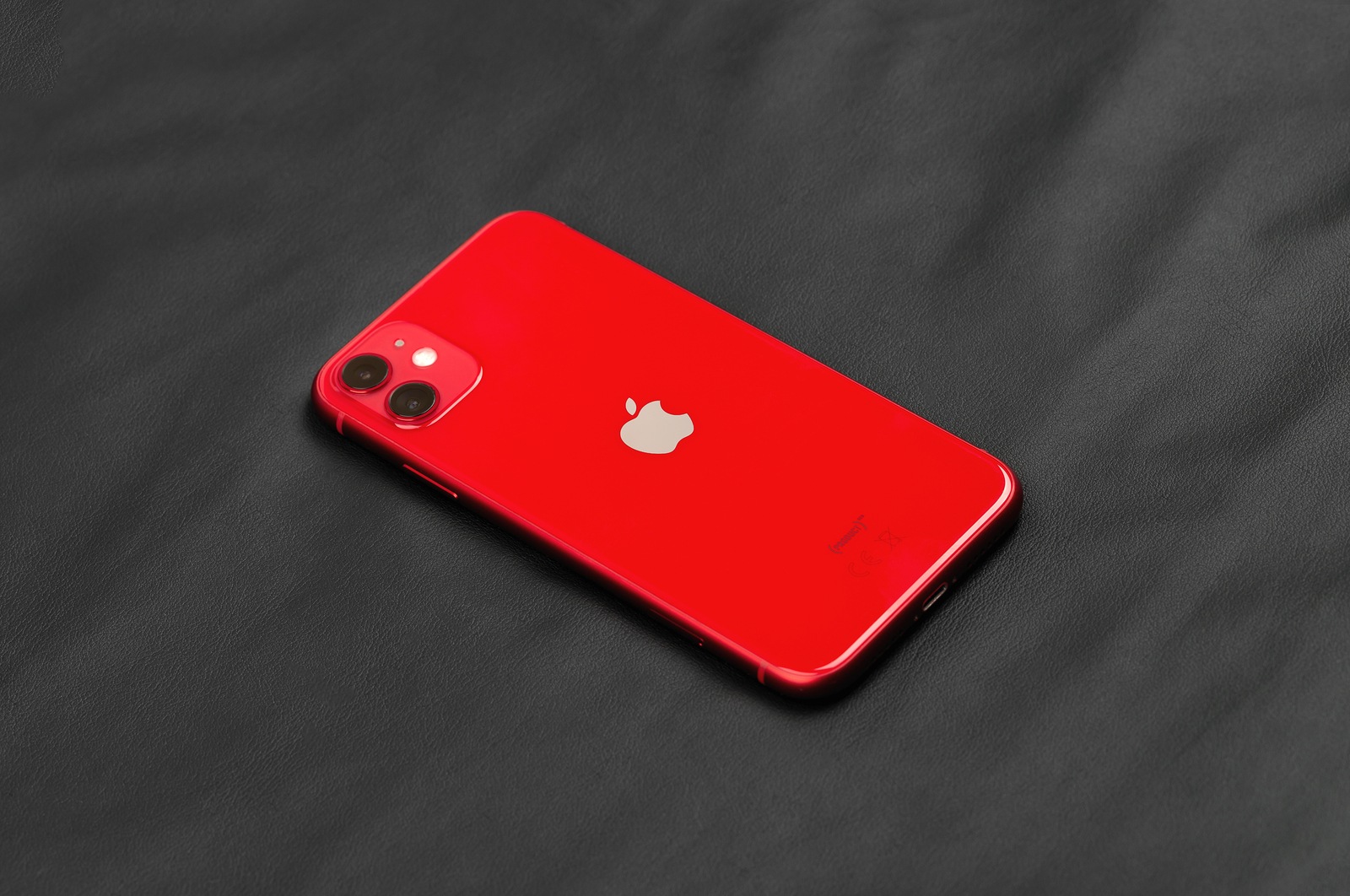This year, Apple truly launch a product fireworks display. While an iPhone SE successor is expected in the spring, Apple is reportedly planning to introduce four more iPhone models in the fall of 2020. We have now summarized everything we know about the iPhone 12 series.
It's actually a bit early for a summary of the rumors surrounding the next iPhone lineup. Such publications usually appear in the summer - one to three months before the market launch. But the iPhone 12 is an exception. So early - so many rumors - that has never happened in the history of the iPhone. The first iPhone 12 speculations were documented in April 2019, around 18 months before the official presentation. Crazy! By the end of 2019, there were already so many rumors and leaks circulating that the entire lineup should actually be largely known. So now is the time for a summary of all the facts - we'll see what is actually true in September. However, anyone who actively follows rumors about Apple should already have developed a feeling for what to take seriously and what not.
iPhone 12 – The Design
Many iPhone fans particularly liked the striking design of the iPhone 4 series. Well, there may be a reason to be happy in 2020. It has been claimed for months that Apple finally wants to present an iPhone with a new design. The device is said to be very similar to the iPhone 4. The frame of the iPhone 12 could possibly look like that of the iPad Pro 2018. The redesign is now considered almost certain. The first report on this topic was published by the well-known and accurate analyst Ming-Chi Kuo. Over the last few months, he has repeated his statement several times and it has also been confirmed by other sources. As part of this redesign, the devices could also be thinner. The iPhone 12 Pro Max is said to be around 10 percent thinner than its predecessor - the iPhone 11 Pro Max.
iPhone 12 – The Display
Of course, there have already been a lot of reports about the display. It is not yet clear whether the notch of the TrueDepth camera system will also be reduced as part of the design change. Some reports suggest that Apple also wants to change the notch, but these speculations should be treated with caution. Face ID itself is to be revised, however. What is certain, however, is that all four iPhone 12 models will be equipped with an OLED screen. According to reports, Apple is planning to use a new display technology, which can accommodate the touch module directly in the OLED panel. This would eliminate the need for an additional coating. The result would be an overall thinner display - this could also reduce production costs. Aside from OLED technology, the entire iPhone 12 series could have "ProMotion" displays. These are reportedly said to support a refresh rate of 120Hz - like the iPad Pro (from 2017), with the only difference being that the iPhone uses an OLED panel. Previous iPhone models have a 60 Hz display. Doubling the refresh rate would significantly improve the responsiveness of the entire user interface. For example, this would significantly speed up scrolling and general browsing of data and make it even smoother.
iPhone 12 – The dimensions
But what about the display size or the general dimensions? The individual reports now seem to be following a trend. The list below is:
- An iPhone 12 model with a 5.4-inch display diagonal
- Two iPhone 12 models with 6.1-inch display diagonal
- An iPhone 12 model with a 6.7-inch display diagonal
It is reported that the new display diagonals are due to the redesign. While the 5.4-inch device is said to be between the size of the iPhone SE and iPhone 8, the two 6.1-inch models will be a little larger than today's iPhone 11 Pro but smaller than the iPhone 11 Pro Max. The 6.7-inch iPhone, on the other hand, will be a little larger than today's iPhone 11 Pro Max. At least that's what some sources citing suppliers are reporting.
iPhone 12 – The Camera
Now let's get to the most important question - is the 3D camera module coming? As some of you may remember, the reports about the iPhone 12 started with the 3D camera. The iPhone camera was the number one topic last year. The reason for this was Apple's new module in the iPhone 11 Pro. But this year, the triple camera in question will get another feature - namely a 3D function. The 3D camera is based on time-of-flight technology. In principle, this is similar to the infrared TrueDepth camera system that can be found on the front of the iPhone today and enables facial recognition. Using the time-of-flight method (TOF), the sensor calculates the time it takes for light to reach a surface - so it can determine depth information and thus create more precise images. Augmented reality applications could particularly benefit from this. But not every one of the four iPhone 12 models will get this camera function - and that's where we come to the next differences. The breakdown should look like this:
- iPhone 5.4-inch OLED display: dual camera without 3D sensor technology
- iPhone 6.1-inch OLED display: dual camera without 3D sensor technology
- iPhone 6.1-inch OLED display: triple camera with 3D sensor technology
- iPhone 6.7-inch OLED display: triple camera with 3D sensor technology
Accordingly, the new camera technology will be reserved for the two larger iPhone 12 models. So if you want the 3D camera system, you will have to dig deeper into your pockets. Not much is known about the front camera so far - as already mentioned above, Face ID could be improved. However, details are not yet known.
iPhone 12 – Performance and Connectivity
The new iPhone generation is expected to feature the brand new A14 chip This will be manufactured by TSMC like its predecessors. The new core could be manufactured for the first time using the new 5-nanometer process. Based on the 5nm manufacturing process, the A14 chip would receive a significant increase in performance and be able to demonstrate greater energy efficiency – read more hereBut what about the RAM? That is also supposedly a given.
- iPhone 5.4-inch OLED display: dual camera without 3D sensor and 4 GB RAM
- iPhone 6.1-inch OLED display: Dual camera without 3D sensor also with 4 GB RAM
- iPhone 6.1-inch OLED display: triple camera with 3D sensor and 6 GB RAM
- iPhone 6.7-inch OLED display: triple camera with 3D sensor and 6 GB RAM
There are also plans to change something in the area of connectivity. The iPhone 12 series is expected to be the first to feature 5G. Analysts and observers believe that all four models will support the 5G versions Sub-6 GHz and 5G with mmWave. Although Sub-6 GHz is slower than mmWave 5G technology, it has a greater range. Initially, it was claimed that the cheaper models would use mmWave while the flagships would get Sub-6 GHz. Over the last few months, however, this has changed. Some sources claim that all four models support both versions - let's wait and see. What seems certain is that the modems come from Qualcomm.
iPhone 12 – Name, release date and prices
What will the iPhone 12 be called? If you google the next iPhone generation, you will quickly find what you are looking for under the term "iPhone 12". There is a reason for this - the redesign. Many of you are expecting the iPhone 11S - but there will not be an S-Line. According to reports, Apple plans to market the devices as the iPhone 12 because they are undergoing an extensive redesign. Accordingly, an S-Line would not make sense. It would also not be the first time that Apple has skipped the "S" series. For example, the iPhone 7S was never introduced in 2017. At that time, Apple presented the iPhone 8 alongside the iPhone X. Speculation about pricing is also a topic in itself. There are no indications so far - this may change in the next few months. At the moment, everything indicates that part of the new iPhone series will be in the same price segment as the current generation. The high-end models could be a bit more expensive. What about the release date? Apple traditionally introduces new iPhone models in September, so this year is unlikely to change. However, it is not certain whether all four models will launch in the same month. Some analysts believe that Apple will stagger the launches of the devices - as it did with the iPhone X and iPhone 8 in 2017. But there are also rumors that all four iPhone 12 models will debut at the same time.
iPhone 12 – Other
In addition to the above mentioned facts, there are of course individual reports on the subject of connection, color selection and Touch ID 2.0But these are difficult to assess so far. Only recently it was claimed that Apple replaced the color midnight green with a navy blue In addition to the new blue, gold, white and black will also be available. There are no clear indications regarding the connection. Some believe that Lightning will remain, while others think that Apple will use USB-C for the first time on the iPhone. As I said, this question is present every year and is hotly debated every year. The topic of Touch ID returning should also be treated with caution. Individual reports suggest Touch ID 2.0. This means that the next iPhone generation could have Face ID and Touch ID for the first time, with the fingerprint sensor to be placed under the display. Corresponding patents already exist - see below. Finally, I would like to point out again that all of the facts mentioned above are merely rumors - none of them have been confirmed by Apple. Accordingly, something completely different or nothing at all could come. However, since the reports come from sources that have had a very good hit rate in this area in recent years, they can be taken seriously. Looking to the Future: What we can expect from Apple in 2020! Would you like to support Apfelpatient even more? Here you can find our coffee fund – thank you for your support. (Photo by Eremin / Bigstockphoto)
- iPhone 2020: No notch after all with Touch ID 2.0?
- Apple Patent: Touch ID 2.0 is already in use
- Apple Patent: Touch ID in the entire display – new technology makes it possible
- iPhone & iPad: These devices should support iOS 14





